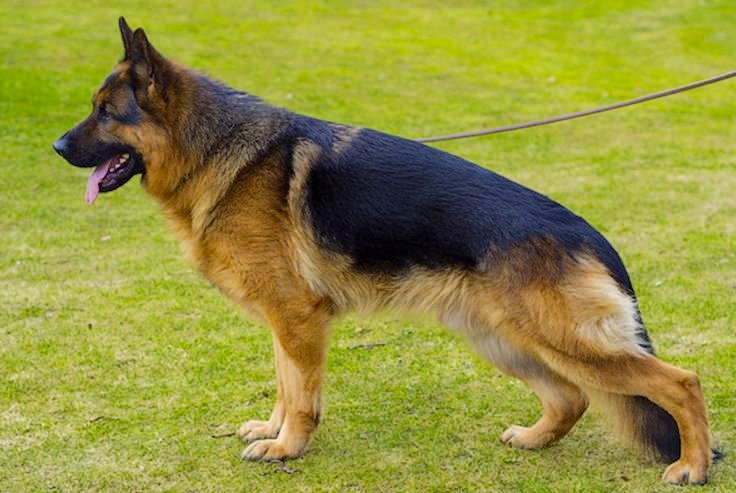Exploring the marvels of rare dog breeds can be a fascinating journey, as these breeds often possess unique characteristics, histories, and traits that set them apart from more common breeds. In this comprehensive guide, we’ll delve into some rare dog breeds, highlighting their origins, characteristics, and special considerations for potential owners.
1.Norwegian Lundehund:
- Origin: Norway
- Unique Features: Extra toes, extremely flexible neck, and shoulders.
- History: Originally bred for puffin hunting on cliffs.
2.Catalburun (Turkish pointer):
- Origin: Turkey
- Unique Features: Split nose (double-nosed), a distinct trait not found in other breeds.
- History: Traditionally used for hunting.
3. Azawakh:
- Origin: West Africa (Mali, Niger, Burkina Faso)
- Unique Features: Slender build, known for speed and endurance.
- History: A sighthound was used by nomadic tribes for hunting.
4. Thai Ridgeback:
- Origin: Thailand
- Unique Features: A distinct ridge of hair along its back that grows in the opposite direction to the rest of the coat.
- History: Originally used for hunting and guarding.
5. New Guinea Singing Dog:
- Origin: New Guinea
- Unique Features: unique vocalization resembling a song; extremely agile.
- History: Wild and semi-wild populations still exist in New Guinea.
Caring for your dog
Caring for your dog is a rewarding responsibility that involves many aspects to ensure their well-being, health, and happiness. Here’s a comprehensive guide on how to care for your dog:
1. Nutrition:
Provide a balanced and nutritious diet appropriate for your dog’s age, size, and breed.
Consult your veterinarian to decide on an exceptional diet.
Ensure access to fresh and clean water at all times.
2. Regular Veterinary Care:
Schedule regular checkups with the veterinarian for vaccinations, dental care, and overall health checks.
Stay up-to-date on preventative medications for parasites such as fleas, ticks, and worms.
3. Exercise:
Tailor the exercise routine to your dog’s breed, age, and energy level.
Regular walks, playtime, and mental stimulation are essential for a healthy and happy dog.
4. Grooming:
Brush your dog’s coat regularly to prevent matting and reduce shedding.
Keep ears clean, trim nails, and maintain dental hygiene with regular brushing.
5. Training and socialization:
Begin early training for basic commands and good behaviour.
Introduce your dog to different environments, people, and other animals to promote positive behaviour.
6. Safe Environment:
Create a safe and comfortable living space while providing shelter from extreme weather conditions.
Remove potential hazards and toxins from the environment.
7. Identification:
Make sure your dog has proper identification, including a collar with an ID tag and a microchip.
Keep contact information up-to-date.
8. Love and Attention:
Spend quality time with your dog through play, walks, and bonding activities.
Recognize signs of stress or illness and address them promptly.
9. Dogs have extensively superior senses
Dogs have highly developed senses that play an important role in their daily lives. Here are the key senses that dogs excel at:
1. Smell:
Acute Olfactory Sense: Dogs have an incredible sense of smell, estimated to be tens of thousands to 100,000 times more sensitive than humans. This sensitivity allows them to detect different scents, making them exceptional at tracking, search and rescue, and even detecting certain medical conditions.
- Hearing:
Acute Auditory Perception: Dogs have great hearing ability. They can hear a wider range of frequencies than humans, including high-pitched sounds. This keen sense of hearing makes them excellent at detecting sounds, such as approaching footsteps or a distant voice. - Appearance:
Low-light vision: Although their sense of smell or hearing is not as developed, dogs have good low-light vision. Their eyes have more rod cells than cone cells, which enable them to see better in dim light. However, they have limited colour vision compared to humans.

Dogs use several strategies to communicate
Dogs are highly social animals and use a variety of methods to communicate with each other and with humans. Understanding these communication cues is vital to a strong bond and effective interaction. Here are some important ways in which dogs communicate:
Body Language:
Tail wagging: The position and movement of the tail convey different emotions. A wagging tail can indicate excitement, while a docked tail can indicate fear or submission.
Ears: Perched ears can indicate alertness or excitement, while flat ears can indicate fear or submission.
Posture: A confident and relaxed dog stands tall, and the weight is evenly distributed. A nervous or hunched posture can indicate fear or submissiveness.
2. Facial Expressions:
Eyes: Direct eye contact can be a sign of confidence or assertiveness. Averting eyes can indicate concentration or discomfort.
Mouth and Lips: A relaxed, open mouth is a sign of contentment. Bare teeth can indicate aggression or fear.
Yawning: A stress signal in dogs, often used to indicate discomfort or stress.
3. Sounds:
Barking: Dogs bark for a variety of reasons, including alerting, expressing excitement, or indicating distress. The pitch, duration, and frequency of the bark can convey different meanings.
Crying may indicate anxiety, stress, or a desire for attention.
Yelling is often used for long-distance communication or in response to certain sounds.
Dogs can learn the names of their toys
Yes, dogs have an impressive ability to learn and recognize the names of their toys. Research shows that some dogs can develop vocabularies of specific words, including the names of individual toys. This ability reflects their cognitive abilities and understanding of language.
How dogs learn the names of their toys:
Repetition: Constant repetition is essential. By repeatedly associating a specific word (the name of the toy) with the real object, dogs can make connections.
Positive reinforcement: Dogs respond well to positive reinforcement. When the dog correctly identifies a toy by name, giving it praise or playtime reinforces the association.Contextual Learning: Dogs are adept at learning in context. By using the toy’s name consistently in situations related to play, dogs can associate the word with the specific item.
Interna Link – bilaar








